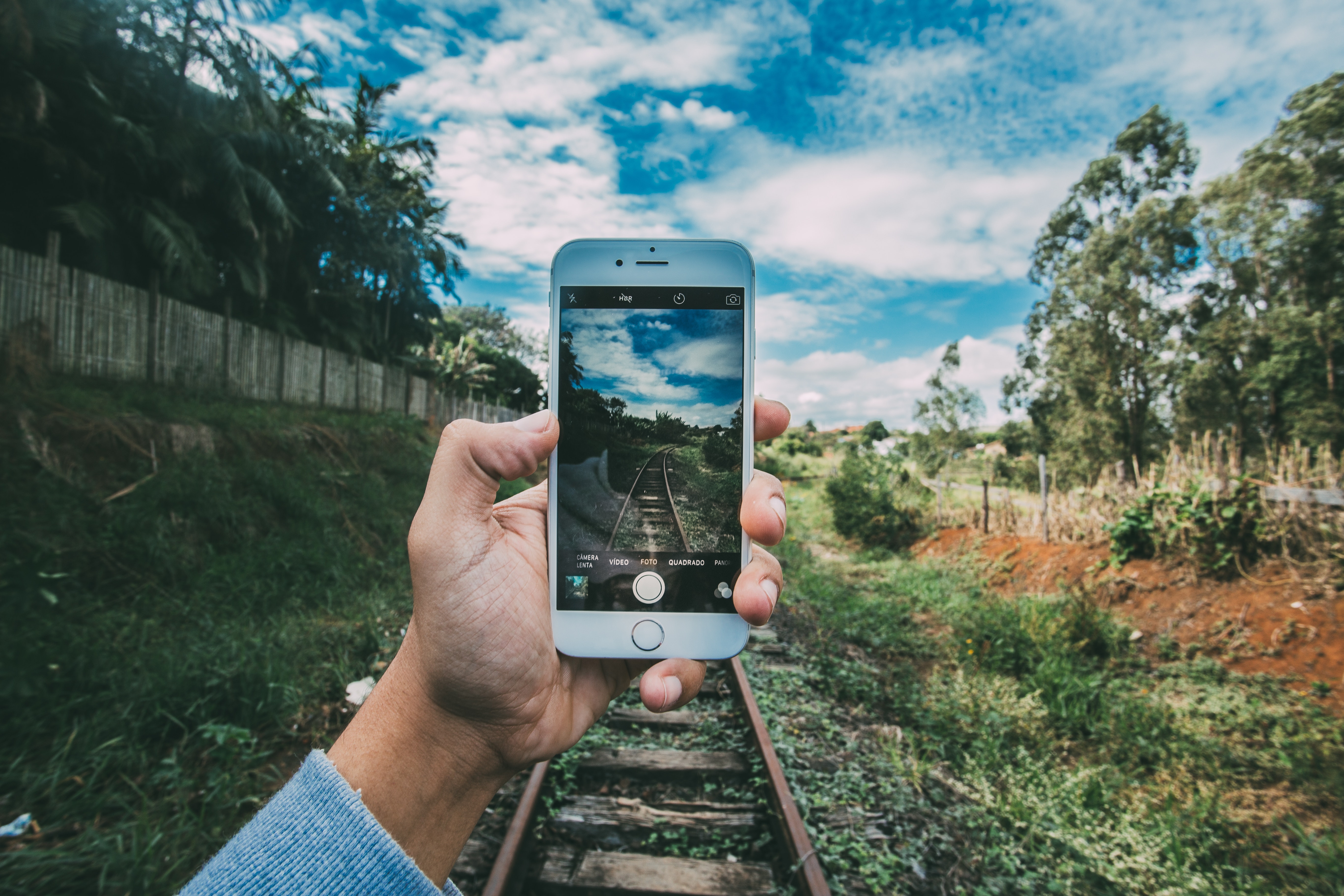Image

Image Credit
Photo by Kaique Rocha from Pexels
It is very important when you choose images (photos, graphics, illustrations) to go with your blog, that you have permission to use them and that you credit the creator.
Just because an image shows up in a Google search, doesn’t mean it can be used freely.
But don’t worry, we’re here to guide you through this.
How do I know if I can use a photo or image?
- If a photographer hasn’t given you verbal or written permission to use their photo, then you’ll need to source images that are licensed under a Creative Commons Zero license (CC0).
- A license is what a photographer issues to clarify who owns the photo, who can use it, and how it can be used. Creative Commons is a free resource to create a copyright license for a photo. CC0 means that the photographer has donated their work to the public domain.
- If you decide to share your photographs or graphics with others, you need make sure you are properly credited for your work. If you license your images under a CC0 license it means that anyone can use your photos for non-commercial purposes. If you’d rather keep your photos exclusive, a CC0 license may not be for you.
- Here is a list of 101 sites where you can find CC0 images.
- Read more about what a CC0 license means, how to apply, and best practices on the CC website.
How do I credit a photographer or creator?
- Once you have permission from the photographer or creator, you still need to give credit.
- Even when using a CC0 image, which doesn’t require crediting, it is still good practice
- Luckily, crediting is easy! On Voices of Youth when you upload a photo to your blog you’ll see a space to add their name and a link to the image (if applicable)
- Also, don’t forget to credit yourself! Take ownership of and accountability for your art, and let others know who to compliment!
And what is alternative text?
- You probably noticed that when you uploaded an image, the form asked you for alternative, or ‘alt’ text.
- Although you might not have heard of it, this text is very important because it is used by screen readers and search engines. Screen readers help people who are low vision or blind to navigate web sites.
- By putting a simple description of what is in the image, someone using a screen reader will be able to know what is in the image, even if they cannot see it.
- Alternative text should be simple and descriptive: “a photo of an eagle flying in the sky”, “a drawing of family showing parents and two children”, “a photo of a group of people laughing”.
- It may seem like an extra step but this goes a long way to making Voices of Youth more accessible.
Image

Image Credit
Voices of Youth
Alternative text doesn't have to be long or complicated.

